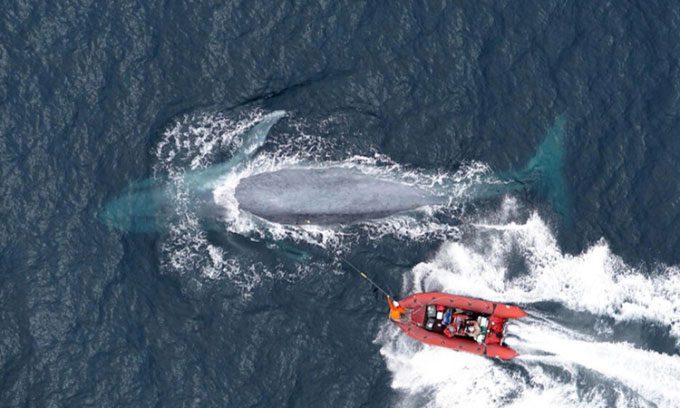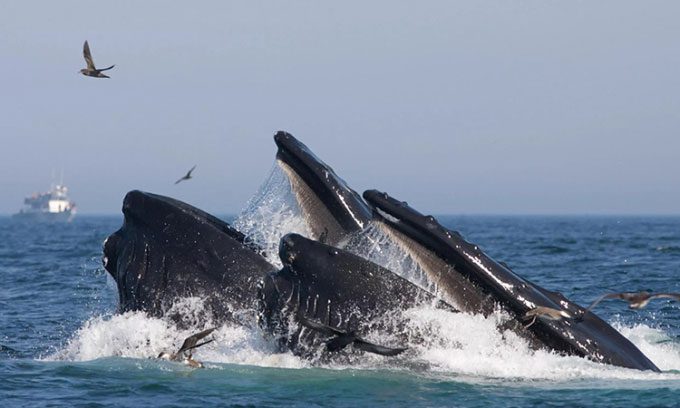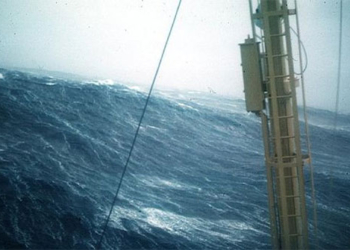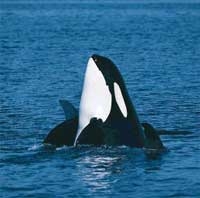New Research Reveals Plastic Pollution Affects the Largest Animals on Earth More Than Previously Thought
Tiny plastic particles have been found everywhere, from the deep oceans to the highest mountains, and even inside the organs and blood of humans. A new study published in the journal Nature Communications on November 1st continues to shock by presenting an estimated amount of microplastics that whales may ingest.
A research team led by the United States has tagged 191 blue whales, fin whales, and humpback whales living off the coast of California to observe their movements. “Basically, it’s like an Apple Watch, just placed on the back of a whale,” said scientist Shirel Kahane-Rapport from California State University, Fullerton and the lead author of the study.

Researchers tag a blue whale for tracking. (Photo: AFP)
Whales primarily feed at depths of 50 to 250 meters, where there is “the highest concentration of microplastics in the water column,” Kahane-Rapport told AFP. The researchers then estimated the volume of water that whales filter daily and what is filtered out, modeling three different scenarios.
According to the most plausible scenario, blue whales could consume up to 10 million microplastic particles each day during their annual feeding season, which lasts 90 to 120 days, representing over a billion particles each year. This largest animal on the planet may also be the biggest consumer of microplastics, the study indicates. Meanwhile, humpback whales are estimated to ingest about 4 million microplastic particles daily, and fin whales around 6 million. The consumption rates are even higher for whales feeding in heavily polluted areas like the Mediterranean Sea.

Humpback whales also consume a significant amount of microplastics daily. (Photo: AFP)
All three species—blue, fin, and humpback whales—are baleen whales, meaning they use a special filter-like structure to sift food from seawater instead of using teeth to chew their prey.
Many might think that these whales ingest a large amount of microplastics through the water they filter while moving underwater, but the new study shows that is not the case. Instead, 99% of microplastics enter whales through the prey they consume.
“This is concerning for us because humans also consume those prey,” Kahane-Rapport added. “We also eat anchovies and sardines, while mollusks are the basis of the food chain.“
In the next phase of research, scientists aim to determine how harmful this amount of microplastic could be to whales.




















































